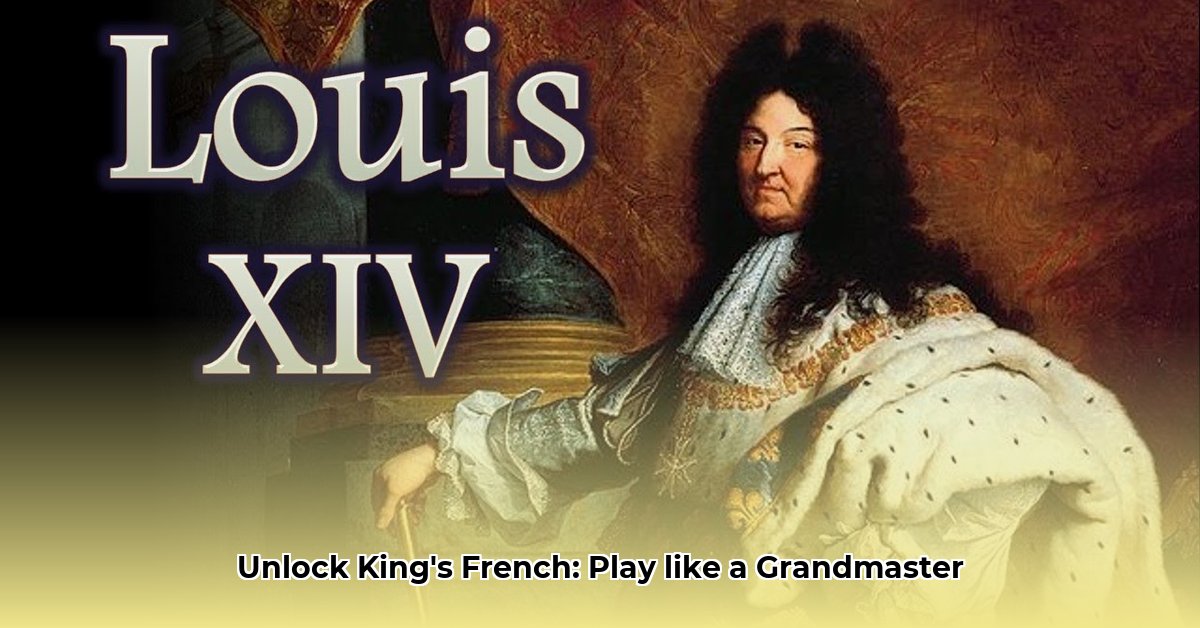Translating “king” into French isn’t merely substituting “roi.” While “roi” accurately represents the monarchical title, it often falls short when conveying the diverse metaphorical and cultural connotations of “king” in English. This article delves into the complexities of translating “king,” offering practical strategies to navigate these linguistic subtleties and achieve accurate and impactful translations. For further verb conjugation help, check out this helpful resource: verb conjugation.
Beyond the Throne: Metaphorical Kingship
English frequently employs “king” metaphorically. “King of comedy,” “king of the dance floor,” or even “king of my heart” don’t refer to literal monarchs but signify excellence, dominance, or emotional connection. Directly translating these phrases with “roi” can sound awkward or unnatural in French. For instance, “roi de la piste de danse” (king of the dance floor) is technically correct but lacks the idiomatic fluency of “le maître de la piste de danse” (master of the dance floor) or even “le roi de la danse” (king of dance), which flows more naturally. Similarly, “roi de mon cœur” (king of my heart) sounds overly formal compared to “mon amour” (my love) or “chéri” (darling), which better capture the intended sentiment. This difference highlights the importance of considering the specific metaphor and desired impact when translating. Choosing the right word demands understanding subtle nuances in meaning and connotation. Other alternatives, such as “as” (ace), champion,” or “empereur” (emperor – for heightened emphasis), can further enrich the translation, depending on the context.
Cultural Crossroads: Preserving Meaning
The cultural weight of “king” also influences translation. “The King of Rock and Roll” carries profound cultural significance linked to Elvis Presley and a specific era. While “Le roi du rock and roll” is understandable, it may not evoke the same powerful imagery or cultural resonance with a French audience. Adapting the translation to “Le King du rock ‘n’ roll” might be a more effective approach, retaining the original English term while signaling its cultural importance. This strategy is particularly relevant for metaphorical uses of “king” rooted in specific cultural references. To preserve the cultural significance, consider the original context and explore alternatives that resonate with a French audience. For example, “king-size bed” translates more naturally to “lit double” (double bed) or “grand lit” (large bed), as the direct translation “lit king-size” might not be widely recognized in French.
Contextualizing “King”: A Practical Approach
The optimal translation of “king” hinges on its context. Is it a literal monarch, a metaphorical expression, or a culturally significant term? Considering the target audience also matters. A formal document requires a different approach than a casual conversation. Here’s a practical framework for navigating these complexities:
- Deconstruct the Context: Analyze the function of “king” within the sentence and its broader textual environment. Is it literal, metaphorical, or cultural? Who is the intended audience?
- Explore Linguistic Equivalents: French offers a rich vocabulary beyond “roi.” Consider synonyms like “maître,” “chef,” “empereur,” “as,” “champion,” or even evocative descriptive phrases that capture specific nuances.
- Prioritize Conveying Meaning: While accuracy is essential, the ultimate goal is to convey the total meaning, including its emotional and cultural implications. A perfectly literal translation may sometimes sacrifice impact and clarity.
- Consult Authoritative Sources: Dictionaries, style guides, and reputable online translation resources can provide invaluable insights and alternatives. Don’t hesitate to cross-reference multiple sources to ensure accuracy and cultural appropriateness.
- Test Your Translation: When possible, test your chosen translation with native French speakers to gauge its effectiveness and ensure it resonates with the target audience. This feedback can be invaluable in refining your approach.
Mastering Nuance: Beyond Direct Translation
Translating “king” requires a nuanced approach that goes beyond simple word substitution. It demands an understanding of the interplay of language, culture, and context in both English and French. By adopting a contextualized approach, exploring linguistic equivalents, and prioritizing the conveyance of total meaning, you can move beyond the limitations of “roi” and achieve translations that capture the full richness and depth of the original English.
- Unlock Water’s Symbolism: A Cross-Cultural Exploration - April 20, 2025
- Identify Black and White Snakes: Venomous or Harmless? - April 20, 2025
- Unlocking Potential: Origins High School’s NYC Story - April 20, 2025















